Saktouria (Greek: Σακτούρια) is a village and the seat of the namesake community in the municipality of Agios Vasileios, in the Rethymno regional unit of Crete, Greece. It is located 49 kilometers from Rethymno at an altitude of 540 meters.
Historical Information
Excavations at the sites of Agios Ioannis and Agios Markos have unearthed remains of Minoan settlements dating from the Middle Minoan II to the Late Minoan IIB periods [3, 4].
The village is mentioned by Francesco Barozzi in 1577 as Sacturia in the province of Agios Vasileios. In the Venetian census of 1583 by Castrofylakas, it is referred to as Sacturia with 193 inhabitants, while Vasilikata also mentions the village in 1630, with the name Sacturia. In the Ottoman census of 1659, it is referred to as Sacturya po ve Kato, with 20 houses. In the work Cretica by Michail Hourmouzis, in 1842, it is referred to as Sahtouri. Stergios Spanakis etymologizes the name of the village from sahtouri, a type of sailing ship [2].
In the census of 1881, it is referred to as Sahtouria in the municipality of Melambon and had a purely Christian population of 360 inhabitants. In the census of 1900, it had 408 inhabitants. In the census of 1920, it is referred to as the seat of the rural municipality of the same name [2]. In 1925, Saktouria was designated as the seat of the community of the same name until the Kapodistrian administrative division, when the village was annexed to the Municipality of Lampis. Kato Saktouria was recognized as an independent settlement in 1940 and Agios Pavlos in 1991 [5].
During the German occupation, the residents of Saktouria initially helped to hide and then smuggle Allied troops from Crete. Submarines approached the port of Agios Pavlos, which on the one hand provided ammunition to the resistance and on the other hand removed allies from the island. For this action, the Germans completely burned the village on May 4, 1944, and imprisoned all men over 15. They eventually executed 15 of them [6].
Administrative Information
Saktouria is officially mentioned as a settlement in 1925 in the Government Gazette 27A – 31/01/1925 to be designated as the seat of the newly established community of the same name [7]. According to the Kallikratis plan and the amendment of Kleisthenes I, together with the settlements of Agios Pavlos, Kato Saktouria, and the islands of Paximadia, they form the community of Saktourion, while according to the 2011 census, it has 149 inhabitants [8, 9].
Location
Saktouria is located 49 km southeast of Rethymno at a junction of the road to Agia Galini, on the slope of Amygdalos hill, Mount Vouvala, and at an altitude of 540 meters.
Name and History
There are various versions regarding the name of the village:
-
During the Arab period in the 9th century AD, when the Saracen pirates approached the coastal settlements, the residents who had observatories on the heights shouted to their fellow villagers to leave and hide. The Saracens ran to catch them, shouting in their language “sactur” i.e. run fast, so the two villages were named Saktouria from the Arabic word Sactur.
-
According to the traveler Buondelmonti, who came to Crete in 1415, the Hortaji or Saturioi (in Latin) from the 12 families of Byzantium had settled in the area since 1182 AD.
The village was named Saturia – Sa(k)touria after the Hortaji-Saturioi who lived here.
- From a strong, intelligent, and gigantic hero of the village, Sakturis, who managed to drive away the pirates who were trying to loot the first old settlements.
Founding of the Village
Near the sea and at the location of Agios Ioannis, there was the ancient Minoan city of “Psychion,” where an ancient amphora was found. During the Byzantine years and later, there were four settlements in the area:
- Agios Vlasis, where the church of the same name is preserved to this day, with the residents being called “Agioblasites.” According to tradition, a wedding was taking place here, but at the time of the dance, pirates arrived nearby. A pirate, who had been taken as a slave, was the first to join the dance and wanting to inform them of what awaited them, sang:
“Dance Margia and Eirini and Theodora and Frosini. When will the moon rise, for us to sail as a group? Tablecloths and furs, are you not babes?”
The villagers understood the message and those who could, left to hide. But the groom and the bride did not leave. The pirates came later, looted the village, and left, taking captives with them. Among others, they also took the groom.
After years, the pirate ship returned and the groom was on board as a slave. He begged the captain to let him go, and he did. He went to the village and at that time his wife was getting ready for marriage, but then of course the mystery was canceled.
-
Arkoliana, where the Byzantine Archolaei seem to have settled.
-
Katsomatis, ruins survive.
-
Agios Stefanos, the church of the same name survives. Pontians expelled from Phanari lived here.
Due to the pirates, the residents of these four settlements abandoned them and founded the new village before the 14th century, since it is first mentioned in 1577 as Saktouria.
In 1583, Saktouria had 193 inhabitants and Agios Vlasis 40 (which seems to have been abandoned in 1650).
In 1881, it belonged to the Municipality of Melambon with 360 Christian inhabitants, while in 1920 it was the seat of the rural Municipality of the same name with 514 inhabitants.
In 1961, it was the seat of a community with the most 569 inhabitants, and in 1991 it had 311 inhabitants.
The Village Was Burned Three Times
In all the struggles, the residents declared “present” for the freedom of the homeland.
In 1723, Saktouria was represented by Papa-Giorgis, Apostolos, and Manolis Tzenakis, as well as Captain Mathios Vardas as representatives of the province in the injustices of the tax collector Ventzich Efendi. In 1824, the village was burned by Hussein.
In the revolution of 1866, for the participation of residents, the Turks with Mustafa burned Saktouria.
Among the fighters of 1866-1897 are mentioned G. Goumenakis, Markos Markakis, and Michalis Micheloudakis, while from 1912-22 are mentioned G. Dedilakis and Emm. Zografakis.
In the Albanian war, the reserve lieutenant I. Makrymanolakis and D. Daskalakis fell for the homeland.
Third Destruction of the Village in 1944
At dawn on May 3, 1944, as in Lochria, the Germans surrounded Saktouria with strong forces and gathered the residents in the village square.
They accused them of helping an English ship on the coast of Agios Pavlos to land ammunition and that, according to information, the kidnappers of Kreipe passed through here.
They led the men to Agios Kyrillos for execution, which did not take place, and transferred them to Fortezza prison. The women and children who were guarded in the church were expelled from the village after taking a few belongings, and then they blew up and destroyed houses, churches, and the school on May 4, 1944.
After a while, they released most of the men from Fortezza, except for 15 who were taken to Agia prison in Chania.
Executed on September 16, 1944
On September 16, the Germans executed 60 prisoners, among them were the 15 Saktourians who were: G. Adrianakis, G. I. Anyfantakis, G. E. Anyfantakis, Myr. Anyfantakis, Ir. Apostolakis, Ap. Vlachakis, Gr. Grigorakis, I. Damvakakis, St. Daskalakis, Emm. Delidakis, D. Kotsifakis, K. Melissanakis, G. Micheloudakis, I. Nikolakakis, I. Stamatakis.
In addition to the 15 above, four others were executed
during the Occupation in other places: G. Anyfantakis (in Krya Vrysi), G. Makrymanolakis (Larisa), N. Melissanakis (Volos), Alexis Anyfantakis (in Trachili in 1943, while he was living in Platanos). Finally, in the Civil War, the second lieutenant Tsagkarakis and N. Apostolakis.
On September 16, 1997, the bones of the heroes were placed in a hero-mausoleum and on the first Sunday after the Exaltation of the Holy Cross, a memorial service is held for their repose.
Churches
- Timiou Stavrou: Parish church in Pano Saktouria, built in 1950 on the site of the two-aisled (Agios Charalambos – Timiou Stavrou), which the Germans destroyed in 1944.
- Agios Georgios: (two-aisled Agios Dimitrios) in Kato Saktouria, which was rebuilt in 1956.
- Koimisis tis Theotokou: old Byzantine with hagiographies.
- Agios Ioannis o Prodromos: old temple.
- Agios Nikolaos: cemetery.
- Agia Triada: old cemetery.
- Agios Panteleimonas: near the village.
- Agios Antonios: 6 km from the village, built in 1866.
- Agios Vlasis: (February 11) in the old settlement.
- Agios Pavlos: near the sea.
- Agios Markos: near Agios Pavlos beach.
- Agios Kyrillos: celebrates on May 4, instead of January 18, due to the events of 1944.
- Archistratigos Michail: near the river.
- Agios Stylianos, Agios Stefanos, Sotiras Christos (on Amygdalos hill), Agios Spyridonas (at the junction of Melambon), Moni Agia Triada (old women’s monastery), Agios Dimitrios.
School
Before 1880, children went to Melabes and the higher classes to the school of Agios Pnevmatos.
The school was founded in 1880 at the expense of the Preveli Monastery and was re-established in 1899 as a one-room school and in 1900 it became a primary school, while in 1911 it became an undivided mixed school.
The first teacher appointed in 1899 and in 1932-33, it had 83 students, the most, and became a two-room school for several years.
Settlement: Key Points
- Historical References: Mentioned as “Sacturia” in Venetian and Ottoman censuses.
- Location: 49 km from Rethymno, on the slope of Amygdalos hill, at an altitude of 540 m.
- Historical Significance: Evidence of Minoan settlements. The village was burned three times in its history.
- Population Data:
Year |
Population |
Notes |
|---|---|---|
1583 |
193 |
Sacturia |
1881 |
360 |
|
1900 |
408 |
|
1920 |
514 |
|
1928 |
548 |
|
1940 |
428 |
|
1951 |
462 |
|
1961 |
459 |
|
1971 |
335 |
|
1981 |
227 |
|
1991 |
234 |
|
2001 |
257 |
|
2011 |
149 |
|
2021 |
148 |













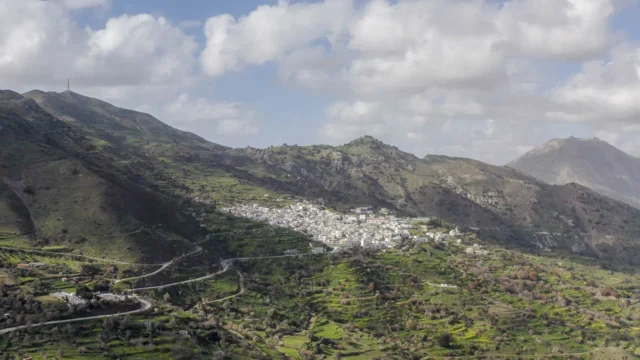



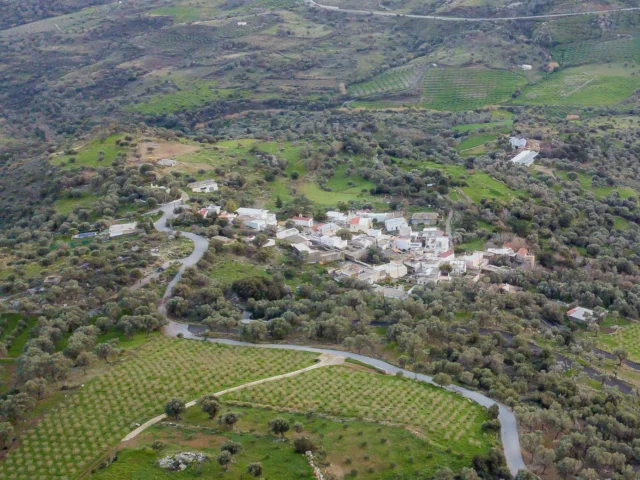



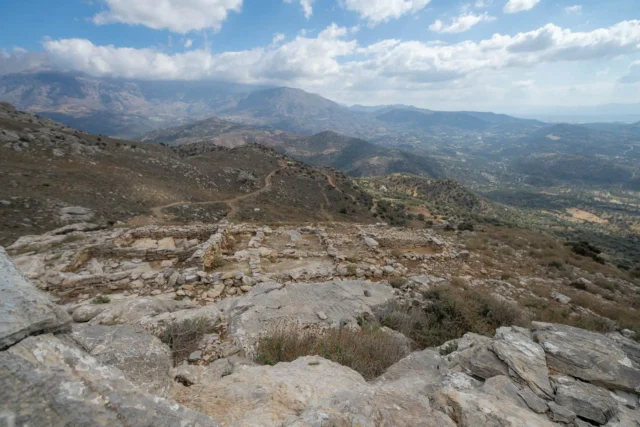
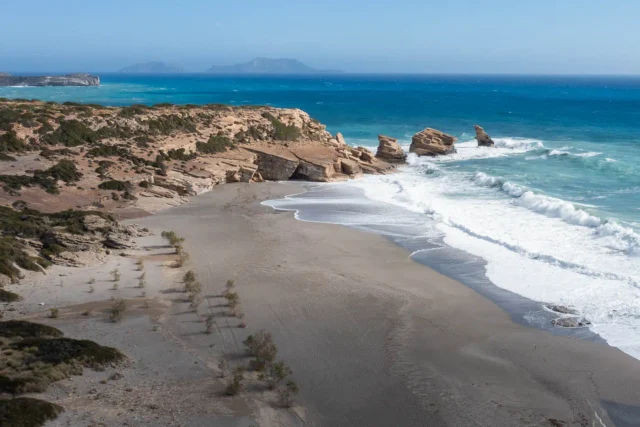
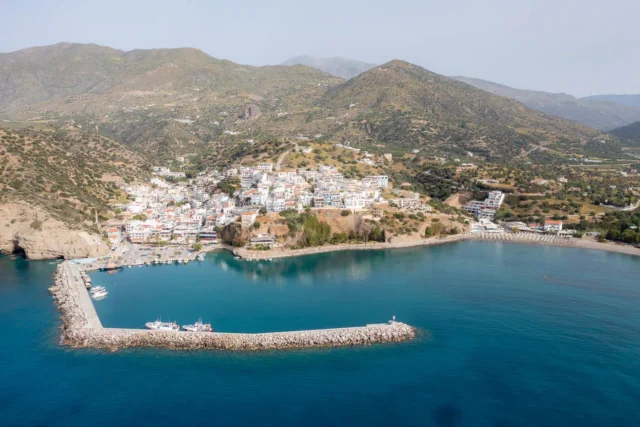
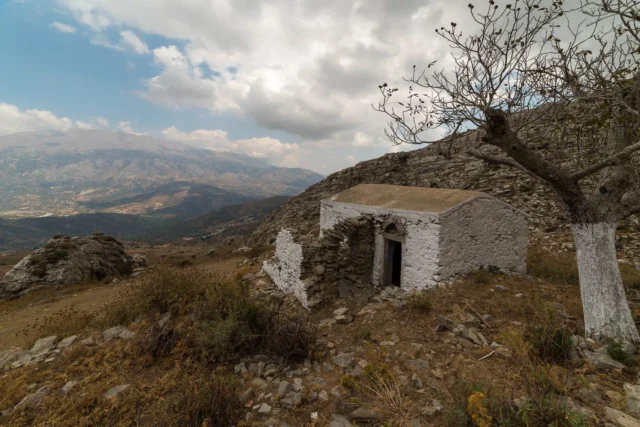
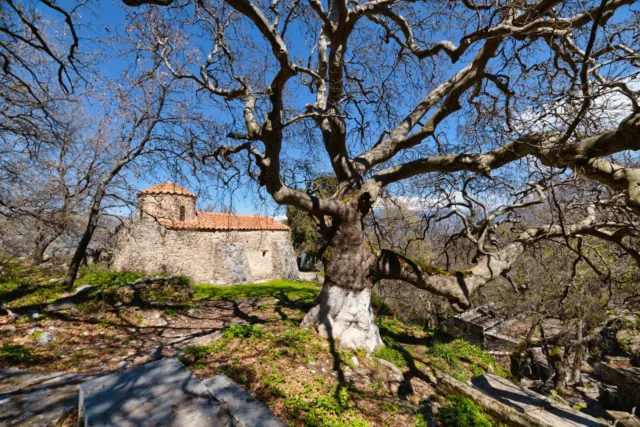
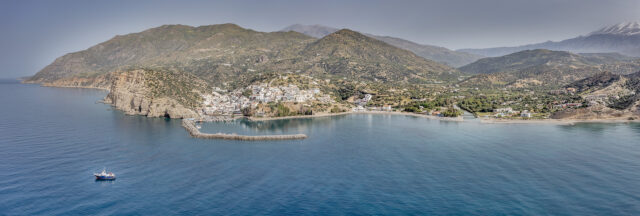
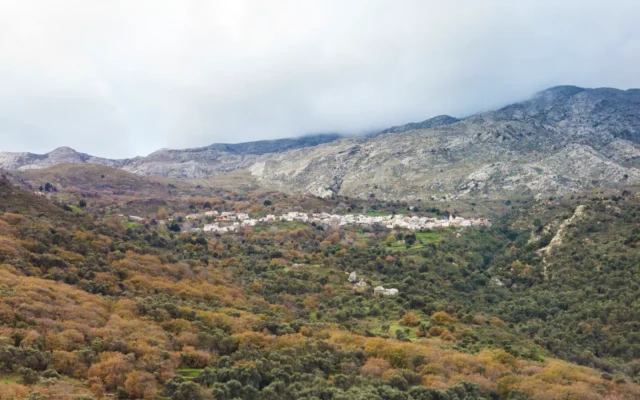
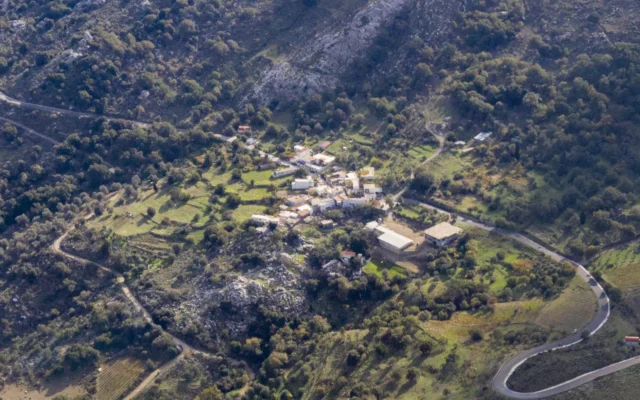
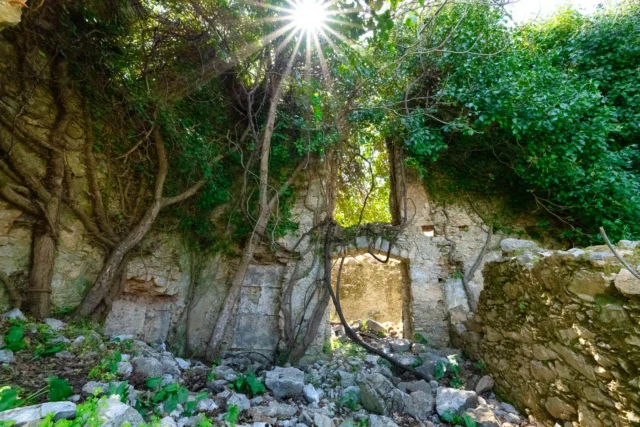

There are no comments yet.